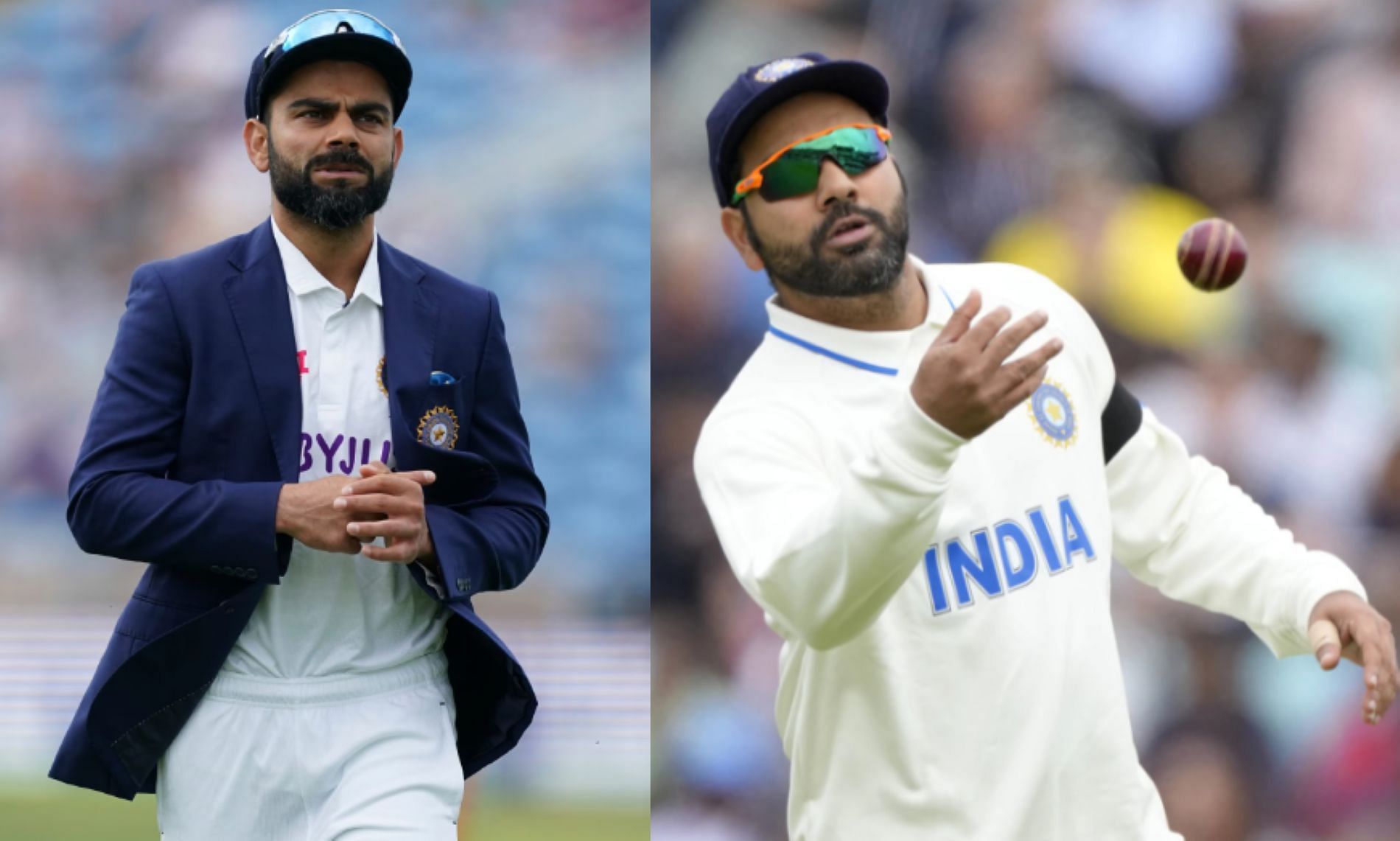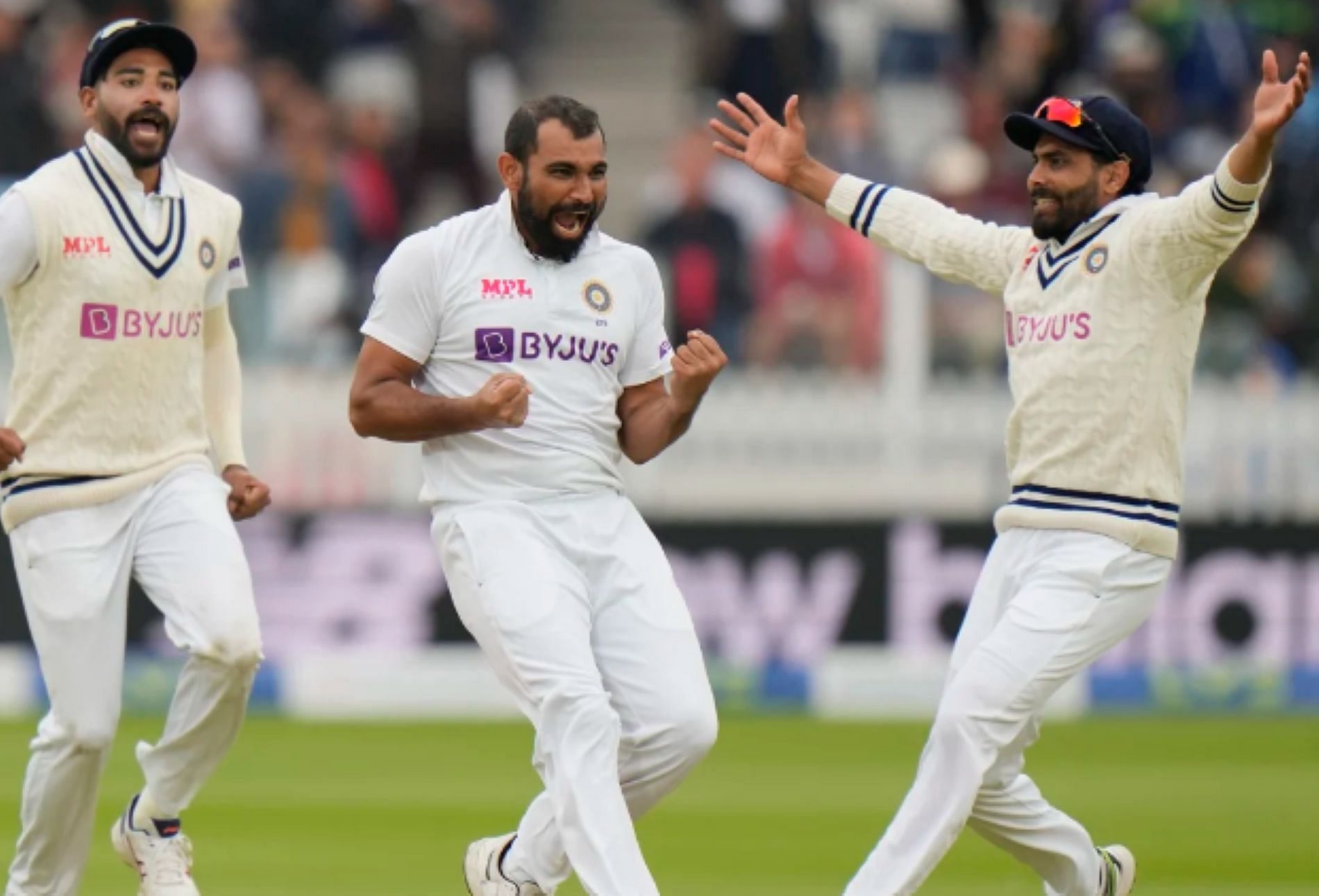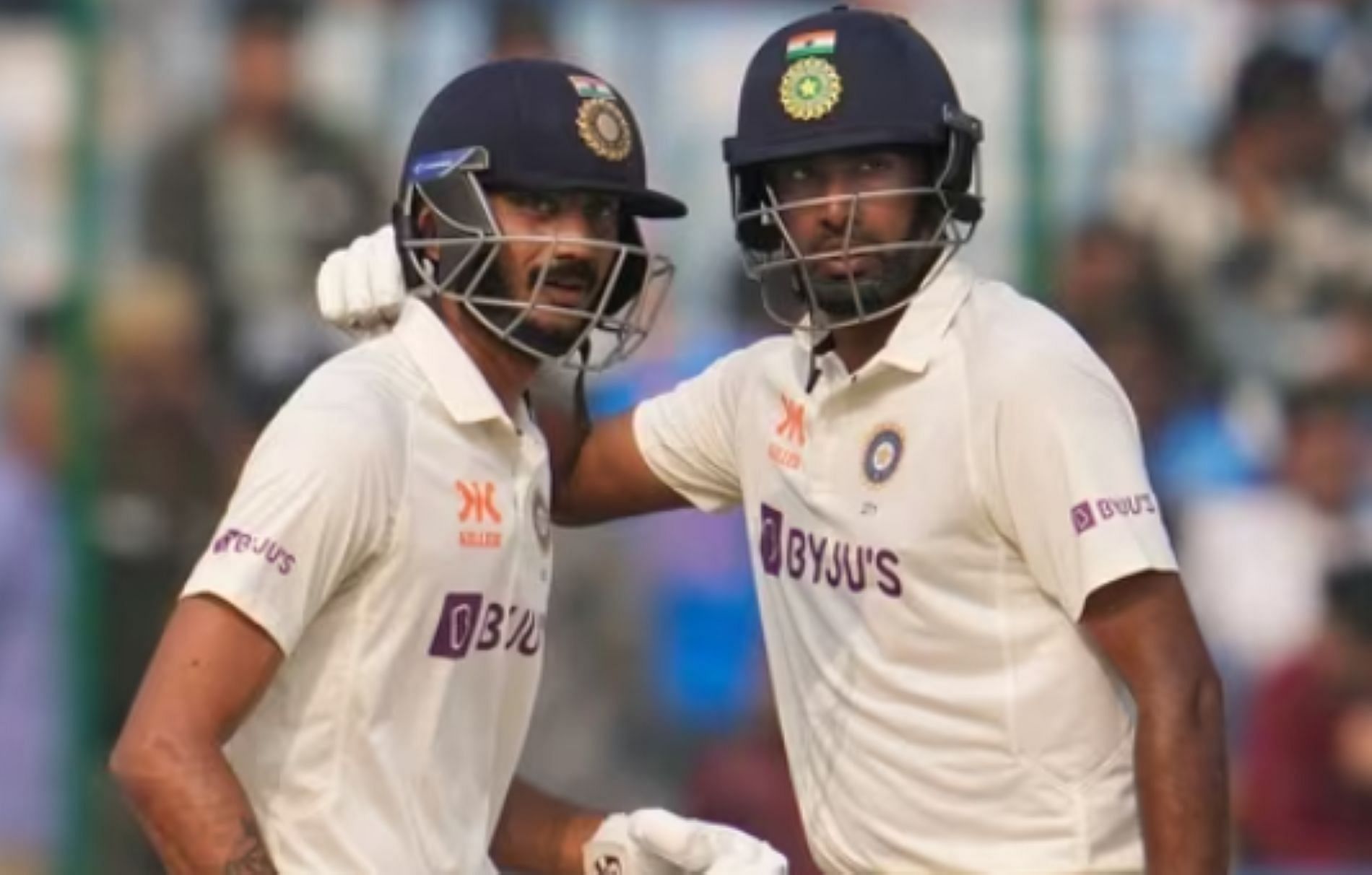
2 years of Virat Kohli quitting Test captaincy - 3 things that have gotten better for India
On this day two years back, Team India was dealt with a massive blow when Virat Kohli stepped down as Test captain after a disappointing 1-2 series defeat in South Africa.
Taking over as permanent Test captain with India at No.7 in the rankings, the 35-year-old led the side with resounding success. Not only did they become the world's best Test side for many years during his tenure, but also recorded numerous memorable moments in the whites in that period.
India won their first-ever series in Australia in 2018-19 and back-to-back wins in Sri Lanka in 2015 and 2017. While Kohli left the 2020-21 tour Down Under after the first Test, his imprint was blatantly visible when India displayed incredible resilience and stunned the world with their 2-1 comeback win.
The Asian giants also finished atop the inaugural World Test Championship table between 2019 and 2021 before losing in the grand finale against New Zealand.
Add to the above their domination at home, where they won every series during Kohli's Test captaincy. Yet, apart from the results, intangibles like preferring result-oriented games over drawn matches and building incredible depth in the fast-bowling ranks, among others, enhance Kohli's legacy as Test skipper.
Amid all the successes, the champion cricketer also had his lows as captain and made a few glaring errors that occasionally proved costly. India could not escape defeat in two separate Test series in South Africa and suffered a humiliating 1-4 series in England in 2018.
However, Kohli finished as India's most successful Test captain, with 40 victories in 68 outings at a winning percentage of almost 59. Since Rohit Sharma replaced Kohli as Indian Test captain, there have been changes in selections, moves, and other specifics that have benefited the side.
Here, we look at three things that have improved for India since Virat Kohli gave up Test captaincy.
#1 Gutsier selection - More newcomers featuring in the playing XI at the expense of established stars

The Indian Test side witnessed several young players and newcomers play regularly, even at the expense of stalwarts in the last two years.
Even for historically, India's staunchest tour of South Africa recently, the top five featured several relative newbies like Yashasvi Jaiswal, Shubman Gill, and Shreyas Iyer.
Iyer has played 10 of India's 14 Tests in the post-Kohli era, with injury hampering his presence in most of the other four outings. Meanwhile, Jaiswal debuted in the West Indies and has played all four Tests outside the Asian sub-continent.
With an evident plateauing of results from veterans Ajinkya Rahane and Cheteshwar Pujara, the side moved away from them for most of this period. Despite it being an uncommon sight in Indian cricket, where established stars have a longer rope than warranted, thicker skin in dropping players prevailed over the last two years.
And the moves benefited, with Iyer, Gill, and Jaiswal, among other younger Test batters, each playing their part in different wins against the likes of Bangladesh, Australia, West Indies, and South Africa.
The bowling also saw similar brave calls, with the side moving away from veteran players like Ishant Sharma and Umesh Yadav to instantly rewarding domestic performers like Mukesh Kumar, Jaydev Unadkat, and Prasidh Krishna.
#2 Killer Instinct - Shutting down opponents when in a position of strength

One of India's kryptonite during Virat Kohli's captaincy was the opposition's lower order scoring valuable runs after the bowlers performed the hard yards of removing the more accomplished batters.
The likes of Vernon Philander, Sam Curran, and Kyle Jamieson, to name a few, have sucked the life out of the Indian players with their rearguard actions. Yet, the Indian bowlers tightened up much better in that area of the game by shutting down the opponent once on the mat.
In the two marquee series at home against Australia and away against South Africa, the Indian bowlers' ability to clean up the tail went a long way in the 2-1 and 1-1 outcomes. The lower-scoring encounters in the two rubbers further accentuated the importance of wiping out the lower order and the tail.
Barring the final Test at Ahmedabad on a docile surface, the Aussies crossed 250 only once in six innings and were dismissed for under 180 in the other five instances. Similarly, in the low-scoring Cape Town Test, India learned from their mistakes against Marco Jansen in the first Test and bowled out the Proteas for 55 and 176.
Although India must further improve in this area of the game, giant strides helped them win in Bangladesh and West Indies and achieve a draw in South Africa. It was arguably the most crucial factor in their home series win against Australia earlier last year.
#3 India's resilient lower-order proving its weight in gold

While the Indian spinners often fought with the bat during Kohli's captaincy days, the last two years saw the numbers grow leaps and bounds for the back half of the side's batting.
The first Test of the Rohit Sharma-captaincy period saw Ravindra Jadeja score a belligerent 175* in addition to Ravichandran Ashwin's 61 and Mohammed Shami's 20 at No.11 against Sri Lanka. It took India from a precarious 332/6 to a match-winning 574/8 declared.
In a low-scoring second Test, the same trio scored 22, 13, and 16* to help India past the 300-mark in the second innings as they won the series 2-0.
The subsequent two series against Bangladesh and Australia were swayed in favor of India single-handedly by the lower-order runs. India went from 278/6 to 404 in the first Bangladesh Test, thanks to a combined 113 from Ashwin, Kuldeep Yadav, and Umesh Yadav.
In the second and final Test at Mirpur, Ashwin was again at it, scoring an unbeaten 42 to help India chase down 145 from 74/7 to win the series 2-0.
Fast forward to the Border Gavaskar Trophy against Australia, and the Indian spinners contributed just as much with the bat as they did wrecking the Aussies with the ball. Faced with daunting situations in seemingly every inning of the first three Tests, Axar Patel, Ravichandran Ashwin, and Ravindra Jadeja kept bailing the hosts out of trouble into dominant positions.
Axar scored an incredible 264 runs at an average of 88 with three half-centuries, batting at No.8 and 9 on rank turners. Meanwhile, Ashwin and Jadeja combined to average over 22 with several game-changing contributions. Even Shami showed the willingness to battle with the bat and averaged 19.50 in three games.
Both series results could have easily been different had it not been for the repeated lower-order heroics, a trait that served India stupendously over the last 24 months. The final icing on the cake was another half-century by Ashwin in the second Test in the West Indies to help India breach the 400-run mark.